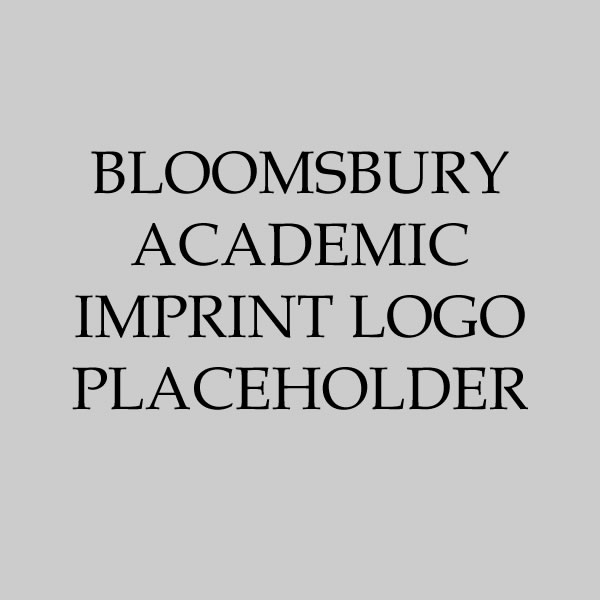- Home
- ACADEMIC
- Linguistics
- Second Language Acquisition
- Understanding Silence and Reticence
Understanding Silence and Reticence
Ways of Participating in Second Language Acquisition
Understanding Silence and Reticence
Ways of Participating in Second Language Acquisition
This product is usually dispatched within 10-14 days
- Delivery and returns info
-
Free UK delivery on orders £30 or over
You must sign in to add this item to your wishlist. Please sign in or create an account
Description
What is the state of that which is not spoken? This book presents empirical research related to the phenomenon of reticence in the second language classroom, connecting current knowledge and theoretical debates in language learning and acquisition.
Why do language learners remain silent or exhibit reticence? In what ways can silence in the language learning classroom be justified? To what extent should learners employ or modify silence? Do quiet learners work more effectively with quiet or verbal learners? Looking at evidence from Australia, China, Japan, Korea, and Vietnam, the book presents research data on many internal and external forces that influence the silent mode of learning in contemporary education. This work gives the reader a chance to reflect more profoundly on cultural ways of learning languages.
Table of Contents
Acknowledgements
1: Repositioning silence
2: Australian perspectives on silence
3: Chinese perspectives on silence
4: Japanese perspectives on silence
5: Korean perspectives on silence
6: Philippine teachers' use of silence
7: Vietnamese perspectives on silence
8: Implications of silence for SLA and pedagogy
References
Index
Product details

| Published | 13 Feb 2014 |
|---|---|
| Format | Hardback |
| Edition | 1st |
| Extent | 240 |
| ISBN | 9781441102706 |
| Imprint | Bloomsbury Academic |
| Dimensions | 234 x 156 mm |
| Publisher | Bloomsbury Publishing |
Reviews
-
Bao's book is a worthy contribution to the literature. Written in a clear style, it stresses the usefulness of silence and engages the reader to reassess his/her view of silence in SLA ... This book offers excellent insights for both the novice SLA student and the seasoned researcher.
Studies in Applied Linguistics & TESOL
-
This is an important and original book which deserves wide attention ... both among researchers and teachers.
ELT Journal
-
'Speech is silver, silence is golden' is an age old adage forgotten in the modern day education. Dat Bao explores the potential role silence has in the classroom by analysing its types and functions both for the learners and the teacher. The book is a new concept in pedagogy well conceived and articulated.
Mohanraj Sathuvalli, Professor in the Department of Training and Development, The English and Foreign Languages University, India
-
Written in a highly readable, non-technical language, this book tells us that silence has a special place in the language learning process; it supports learning in ways that often escape our attention. Silence is not to be frowned upon, the author says. Rather it has to be skilfully managed to improve learning.
Willy A Renandya, Senior Lecturer of English Language and Literature, National Institute of Education, Nanyang Technological University, Singapore

ONLINE RESOURCES
Bloomsbury Collections
This book is available on Bloomsbury Collections where your library has access.



































